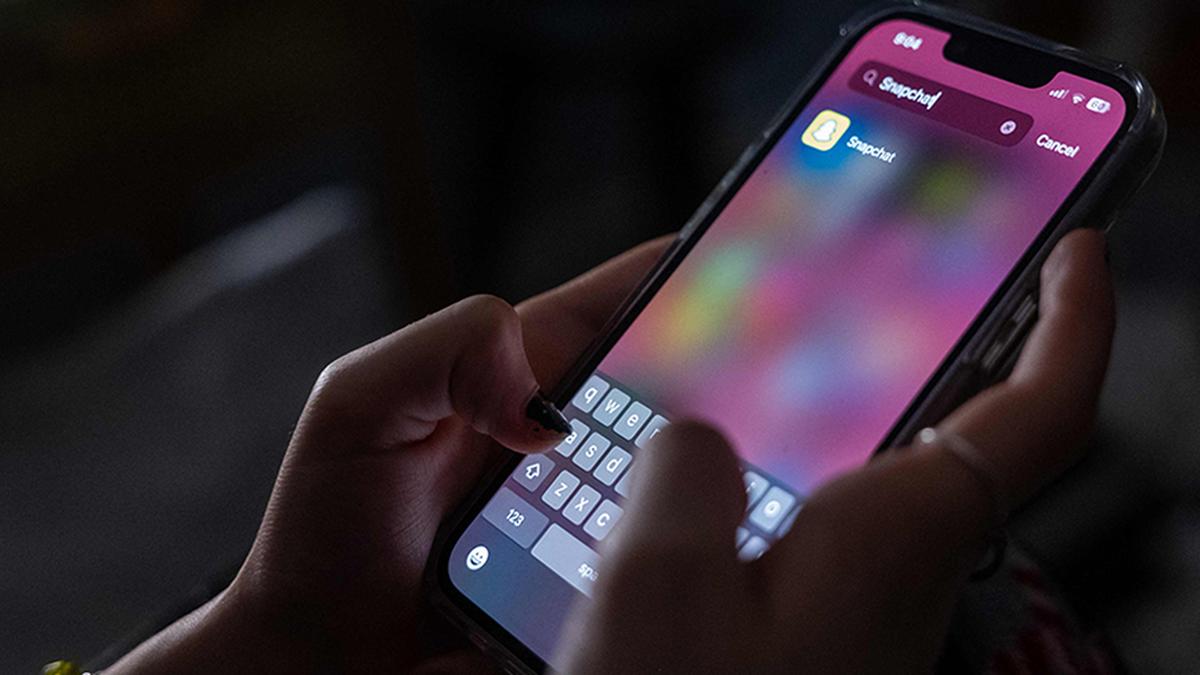It has been clear for some years now that a section of teenagers across the world are going through a period of considerable anxiety. This phenomenon had been developing even before the COVID-19 years; however, the pandemic made the mental health crisis more acute. Added to this is the increased stress among teenagers about their livelihoods and their lives against the looming threat of climate change.
Children today have far less time for free play and wholesome interaction. Recess or break-time at school is often used to prepare for some test or the other. Added to this is the intense pressure around high-stakes entrance examinations that are more a filtration mechanism than a real test of aptitude.
Not only teenagers but even pre-teens find their school day lengthening inexorably into tuitions and special classes for selective tests, leaving little or no time for that basketball game or for just fooling around with friends. And certainly, interactions with friends on social media cannot replace in-person time.
Conflict around technology
Social psychologist Jonathan Haidt links the mental health crisis among teenagers to the disappearance of free play in childhood and the increased use of smartphones, leading to sleep deprivation and addiction. According to him, digital technologies are a Pandora’s box rewiring children’s brains. Parents find it difficult to put limits on their children’s use of technology.
Mr. Haidt writes about the “constant conflict” story: “Parents try to lay down rules and enforce limits, but there are just so many devices, so many arguments about why a rule needs to be relaxed, and so many ways around the rules, that family life has come to be dominated by disagreements around technology.”
Mr. Haidt recommends four reforms: no smartphones before high school; no social media before the age of sixteen; phone-free schools; and far more unsupervised play and childhood independence.
As a parent of teenagers, I find this rather drastic. Certainly, more play and wholesome interactions in childhood. But on the proposed embargo on phones and social media, I would say two things: one, hasn’t that ship sailed already?
And two, surely it’s not as bad as all that, because it is indeed possible to talk to teenagers, and not only about the hazards of overusing their devices, but to be present in their lives. Which means treating them as thinking individuals, sharing family time with them, modelling the responsible use of technology — and trusting teenagers to make good decisions.
Cheerful counter
At the happier end of the spectrum of recent books about childhood is Sam Leith’s The Haunted Wood: A History of Childhood Reading. This journey through children’s literature serves as both cheerful counter and antidote to the crisis of childhood anxiety. Reading opens windows and doors to other worlds; it grows a child’s imagination; it teaches empathy.
Childhood reading is also the first step in a lifelong journey of reading. Mr. Leith writes that it is “the platform on which everything else is built. It’s through what we read as children that we imbibe our first understanding of what it is to inhabit a fictional world, how words and sentences carry a style and tone of voice. What we read in childhood stays with us.”
Which is why, perhaps, the answer to the problem of the smartphone is to get children to pick up a book. The earlier the better. Picture books which contain diverse stories of interest to children are the key to building a lifelong love of reading. For infants and toddlers, one should start with wordless picture books. For teenagers, anything they like, including comics and graphic novels.
How to increase emotional IQ
Albert Einstein is reported to have said: “If you want your children to be intelligent, read them fairy tales. If you want them to be very intelligent, read them more fairy tales.” Fairy tales contain all the material that helps to grow emotional intelligence: innocence, love, honesty, and kindness, but also cruelty, sorrow, and sacrifice. The boy who sells his mother’s cow for a handful of magic beans. The miller who tricks a king into believing his daughter can spin straw into gold. The little mermaid who willingly gives up her underwater life to gain a human soul.
No wonder that Mr. Leith remarks on the presence of grief in children’s literature: “A surprising constant in a literature associated with ideas of freedom and innocence is grief. Many of the most enduring and most moving of these stories have a pulse of sadness in them or behind them. To be a child is to know that you have to grow up.”
Makes books affordable
Children’s Books: An Indian Story, a collection of thoughtful essays edited by Sandhya Rao and Shailaja Menon, is a timely survey of the landscape of children’s literature, which is coming of age in India. I still remember some classics by the National Book Trust (NBT) from my childhood with beautiful illustrations by artists such as Badri Narayan and Pulak Biswas.
NBT’s children’s books were affordable, which is not always the case with some more recent publications. Many of these — though lavishly put together — remain beyond the reach of working families. If they are to reach the vast majority of children in our country, books need to be affordable and accessible. They should be placed within easy reach of children, in rural and urban public libraries across the country.
Children’s books need to be written keeping in mind the child’s context. They also need good translations
One beautiful example, which Usha Mukunda mentions in her closing essay about libraries and children’s reading, is Mahasweta Devi’s The Why Why Girl. Translated into several Indian languages, including Kannada (by Girish Karnad), Malayalam (by Paul Zachariah), and Tamil (by Ambai), and exquisitely illustrated by Kanyika Kini, this picture book is unfailingly popular with girls and boys across the country.
Uma Mahadevan Dasgupta is in the Indian Administrative Service.
Published – April 24, 2025 08:30 am IST
